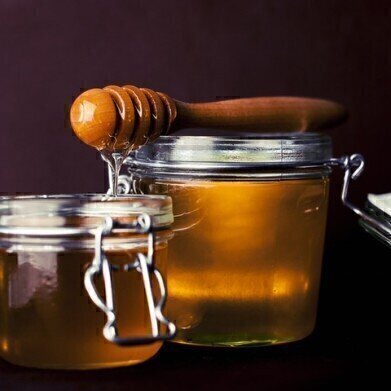HPLC, UHPLC
Chromatography Exposes Fake Manuka Honey
Feb 13 2017
As we become more aware of the health benefits of certain foodstuffs they become more desirable. Inevitably, this means that the cost of them goes up — simple economics of supply and demand. This means that various charlatans get involved and fraudulent goods end up on the shelves in our shops.
One foodstuff that comes into this category is Manuka honey. Prized for its health benefits, the honey is high on the list for fraud with one report suggesting that 4 out of every five jars of Manuka honey are fake. New Zealand produces less than 2000 tons of Manuka honey every year, yet over 10000 tons are sold every year worldwide. But researchers in the UK and New Zealand have recently announced a new test that can verify the authenticity of Manuka honey using chromatography.
Let’s look at this honey and see why we’re using chromatography to ensure it’s the real deal.
Honey from the Manuka bush
Manuka honey is a unique honey — with many people, consumers and researchers, considering it the premier honey. Manuka is a monofloral honey which means that it is produced by bees that forage on one particular plant — the manuka or tea tree (Leptospermum scoparium). The bush is native to New Zealand and some areas of south-eastern Australia.
The honey is said to have healing properties and be beneficial to our health. But although one of the components in Manuka has been found to have antibacterial properties in vitro, there is no definitive evidence that it has any antibacterial properties when used on the body. But, even without any health benefits, the honey is delicious and highly prized.
To be classified as New Zealand Manuka honey, the honey must have a pollen content of at least 70% L. scoparium. But as with other premium food products, adulteration is a big problem for the suppliers of genuine Manuka honey and members of the Unique Manuka Factor Honey Association (UMFHA).
UMFHA and FERA to the rescue
One of the unique chemicals found in Manuka honey is Leptosperin — which is found in the nectar of manuka plants and a few close relatives. Since the concentration of Leptosperin is stable — if it can be measured it could give an indication as to whether the honey comes from manuka nectar. The patent for measuring Leptosperin in the UK using the UMFHA approved method has been granted to fera (formerly the Food and Environmental Research Agency).
The test uses Ultra Performance Liquid Chromatography (UPLC) with a fluorescence detector (UPLC-UV-FLD). Chromatography is used in many different food adulteration cases and its use in honey adulteration is discussed in the article, Streamlining the Use of High Resolution Mass Spectrometry Data to Fingerprint Adulterated Honey using Multivariate Data Analysis to Facilitate Food Product Quality Control.
So, whether you flavour your morning oats with Manuka, or just use it topically on your spots — you stand a better chance of getting real Manuka with the latest advance.
Digital Edition
Chromatography Today - Buyers' Guide 2022
October 2023
In This Edition Modern & Practical Applications - Accelerating ADC Development with Mass Spectrometry - Implementing High-Resolution Ion Mobility into Peptide Mapping Workflows Chromatogr...
View all digital editions
Events
Apr 23 2024 Kintex, South Korea
Apr 23 2024 Seoul, South Korea
Apr 28 2024 Montreal, Quebec, Canada
May 05 2024 Seville, Spain
May 15 2024 Birmingham, UK














